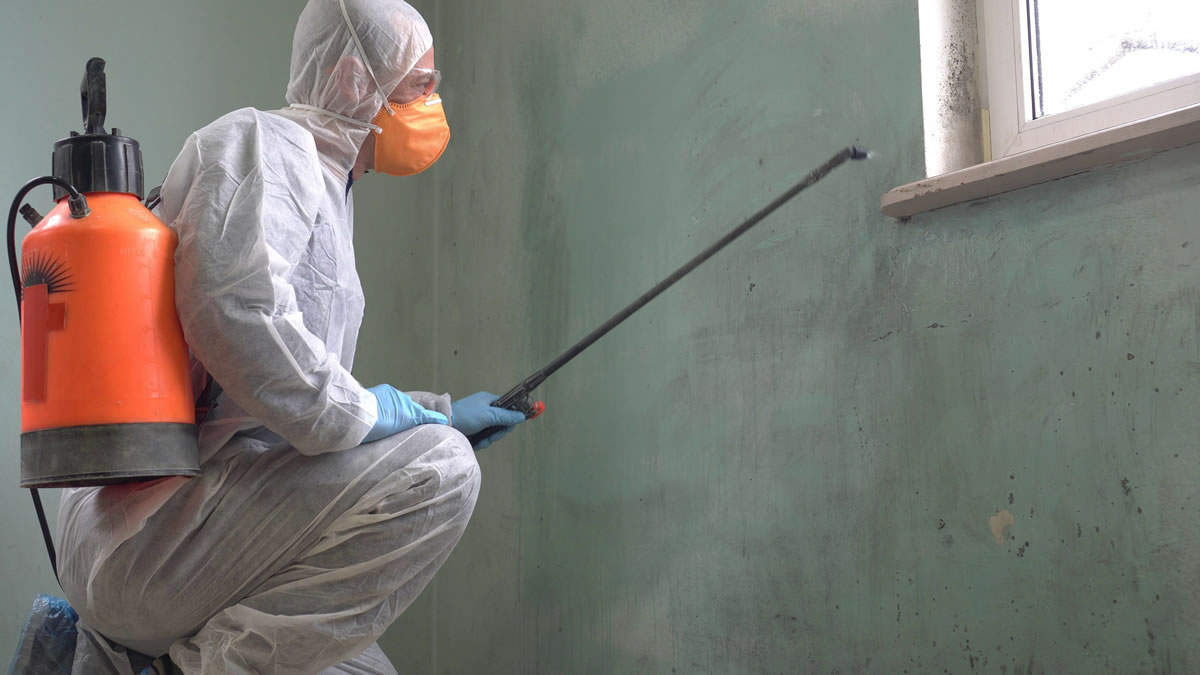
By Zeeshan Pasha, EAC Member
Molds are part of the natural environment and can be found indoors and outdoors. Mold is not usually a problem unless it begins growing indoors. If conditions are right, mold will grow on wood, paper, carpet, and food. Molds can grow almost anywhere and, when conditions are favorable, rapidly.
The best way to control mold growth is to control moisture. Here are some proactive steps our community can take to prevent mold growth.
Health Effects: Mold exposure may cause allergic reactions, asthma, and other respiratory problems. However, it is essential for maintaining community health.
Controlling Mold Growth: Because it is impossible to completely get rid of mold and spores, effective mold control involves measures to prevent moisture.
Preventing Mold: Water leaks and other moisture must be fixed quickly to prevent mold from growing. Fix plumbing leaks, roof leaks, and other water problems in homes and public buildings.
Control Humidity: Keep indoor humidity low between 30% and 60% to prevent mold growth. Use air conditioners and dehumidifiers and ensure adequate ventilation, especially in areas prone to moisture.
Ventilation: Install exhaust fans in every bathroom, kitchen, and laundry room to keep the moisture level as low as possible. Proper ventilation reduces humidity and, by extension, the setting in of molds.
Timing of Drying: Clean and dry materials and furnishings that become damp within 24-48 hours to prevent mold development. Quick action helps to mitigate the proliferation of mold.
Cleaning Mold: Mold can be cleaned from hard surfaces using water and detergent, then dry thoroughly. Absorbent materials, such as moldy ceiling tiles, may need to be replaced.
Prevention of Condensation: Reduce condensation on cold surfaces by adding insulation to keep them warm, such as windows, pipes, and exterior walls. Lower condensation reduces mold-friendly conditions.
Avoid placing carpet in areas where water may collect, such as around drinking fountains or sinks or on concrete floors that frequently leak or condense.
These precautionary steps help preserve health and keep the community environment mold-free.
